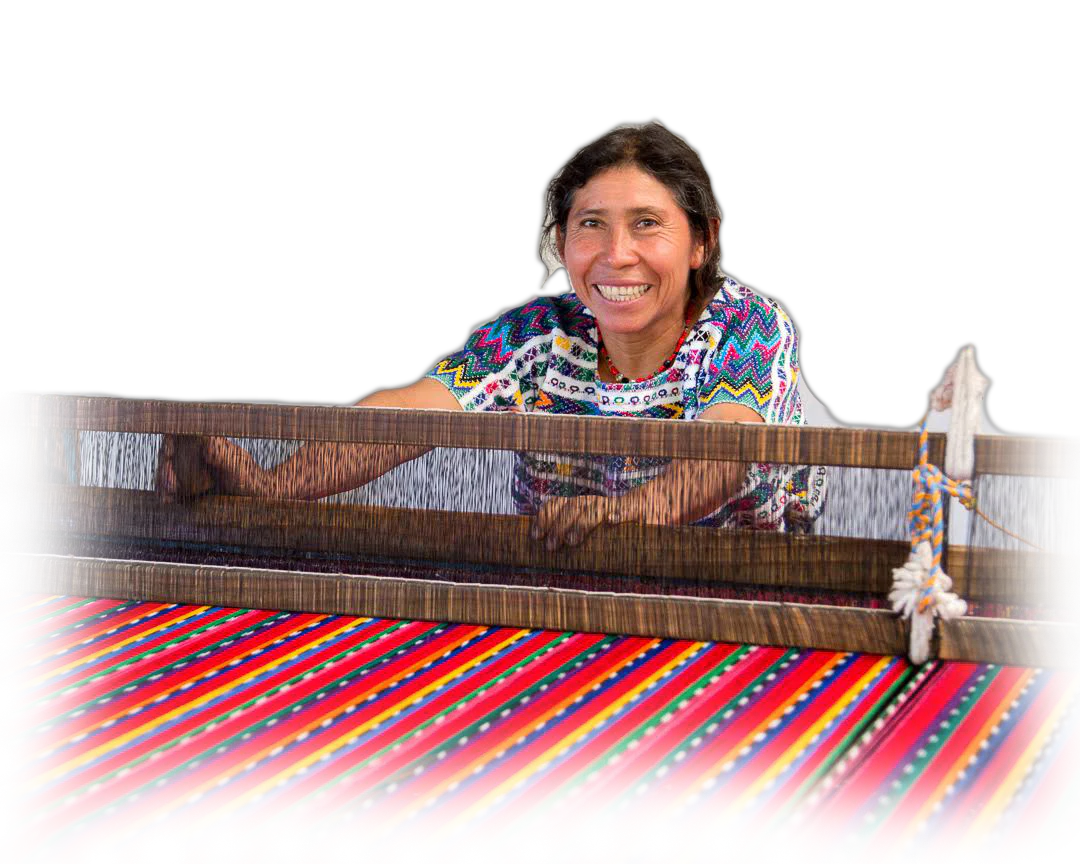What are Less Commonly Taught Languages?
The National Council of Less Commonly Taught Languages (or NCOLCTL) defines a Less Commonly Taught language, or LCTL, as a language being taught other than English, German, French, and Spanish. (3) MLA contrasts LCTLs and the 15 non-English languages by enrollment, that being Spanish, French, ASL, Japanese, German, Chinese/Mandarin, Italian, Arabic, Latin, Korean, Russian, Ancient Greek, Biblical Hebrew, Portuguese, and Modern Hebrew. (4)
Languages in general are being studied less and less by students in the United States. In an MLA census over language course enrollment, the number of students enrolled in foreign language classes decreased 16.6% from 2016 to 2021, which is the larges decline in the history of the census. (4) David Crystal in "Lanugage Death" argues that linguistic diversity is similar to biodiversity and that for a thriving linguistic environment we should maintain a healthy diversity of languages I believe learning these less commonly taught languages can definitely help get more people learning, but also create a healthy diversity of languages being spoken. (2)

Why study an LCTL?
I decided to study Kaqchikel Maya after learning that the Guatemalan immigrant community in my hometown are native speakers. I had never considered that people from latin America would not just speak Spanish, so I wanted to learn more. Sometimes an LCTL (by the NCOTLCTL's definition) can be useful for buisness purposes, like learning Arabic, Mandarin, or Hindi. Another reason to connect with a culture could be through music. One of the reasons I decided to study Portuguese was because I ended up listening to so much jazz music from Brazil. I have also considered learning Khmer due to my interest in Cambodian music. LCTLs could also count as a world culture credit at your university.

How and where to learn?
Many universities have options to learn these languages. I attend KU, and they offer 20 LCTLs with the more conservative MLA definition, and 30 by the NCOTLCTL's definition. (1) According to the MLA, in the fall of 2021 there were 258 languages other than English being taught in higher education in the United States. (5) Outside of higher education, there are plenty of other resources. The University of Texas has online resources for 16 different languages all for free. (8) Live Lingua hosts language learning materials originally created by the Peace Corps that are completely free to use and readily accessible. (6) Lingua Libre freely hosts audio recordings of many different languages that are available for you to download and practice with. (7)

Overall, there are many ways and reasons for you to get involved in learning a LCTL. Not only are you learning a language that can help you communicate with a whole new set of people, you are opening your eyes to new ways of language and giving yourself opportunities. You can help create a more linguistically diverse world and you don't even have to go to school. I would highly recommend that you at least give a look at one of the free language learning opportunities here, or if you are in college even consider taking an elementary language course.
Sources
- olrc.ku.edu/languages
- Language Death, David Crystal (2000)
- www.ncolctl.org/about/frequently-asked-questions/
- www.mla.org/content/download/191329/file/2021-Enrollment-Press-Release.pdf
- www.mla.org/content/download/191324/file/Enrollments-in-Languages-Other-Than-English-in-US-Institutions-of-Higher-Education-Fall-2021.pdf
- www.livelingua.com/peace-corps/
- www.lingualibre.org/wiki/LinguaLibre:About
- https://coerll.utexas.edu/coerll